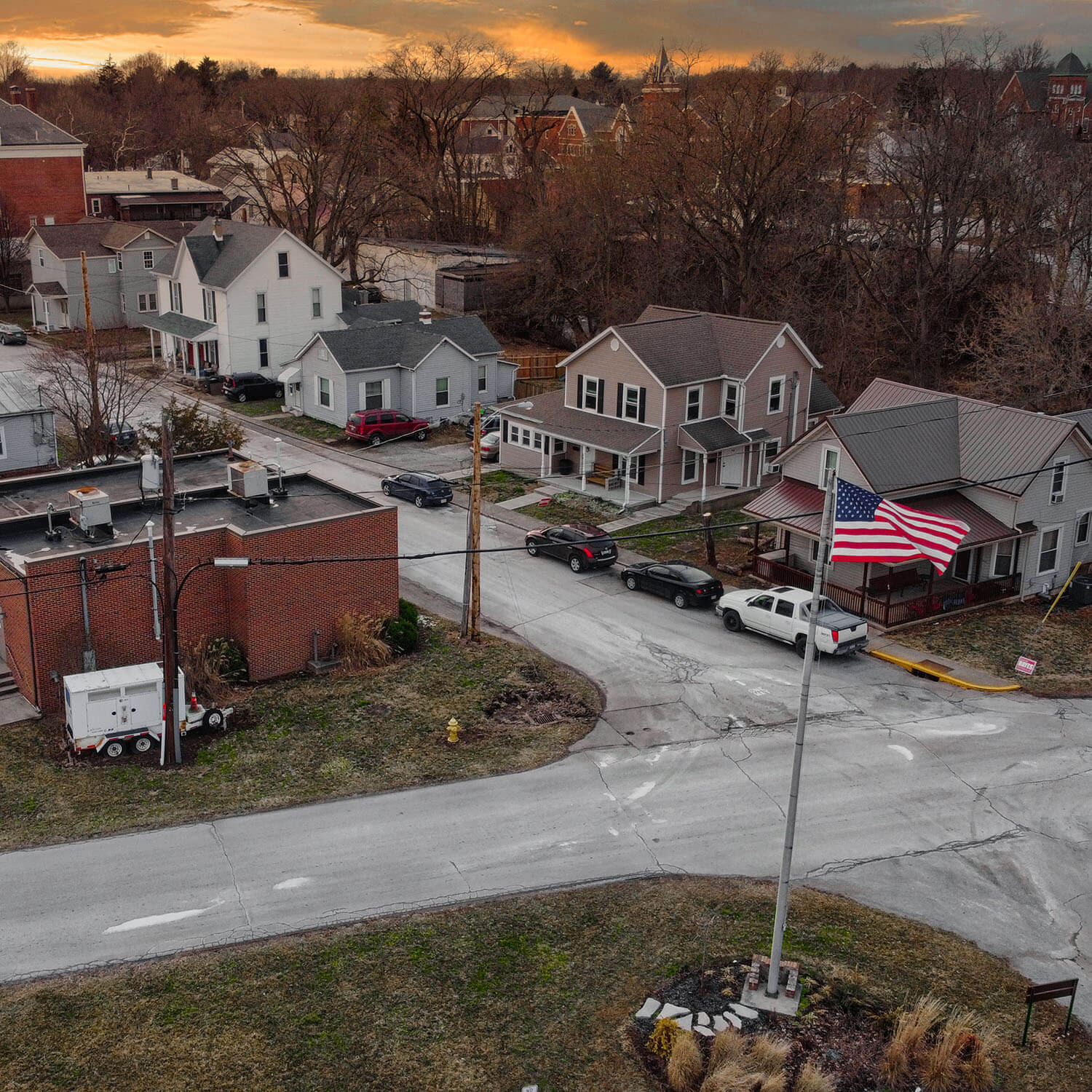It’s no surprise that community banks have been financial first responders during the coronavirus pandemic. Their mission, vision and commitment to community is well-known, but research reveals the true extent of their impact.
Serving Small Businesses
In its “Banking Consolidation Is Impeding Aid to Small Businesses” report, the Institute for Local Self-Reliance found that nearly three times as many Paycheck Protection Program loans were made per capita in the 10 states with the most community banks per capita. For example, banks in North Dakota—where community banks account for 80 percent of the market—issued more than 11,000 PPP loans, or 1,444 loans per 100,000 people, during the first round of funding alone.
The same lion’s share loan effort holds true in Wyoming, where community banks issued 1,316 loans for every 100,000 people, and in Maine, where community banks issued 1,115 per 100,000, during the first round of PPP. Contrast that with Arizona, which issued only 265 loans per 100,000, and has the fewest community banks per capita of any state.
What does this mean? In short, when there is a geographically stronger presence of community banks, more small businesses receive funds. In fact, the report concludes, “states with a robust community banking sector will likely suffer fewer small business losses and less economic damage” due to COVID-19.
The Small Business Administration and the Treasury Department also found that 82.4 percent of PPP lenders have less than $1 billion in assets, reiterating the impact smaller lenders have serving the nation’s small businesses.
That’s why, as The Wall Street Journal reported in May, businesses like Beaver’s Cafe in Minto, North Dakota, benefit from a community bank presence. The café’s owner, Steve Novak, told the Journal that he would be closed if it weren’t for a community bank alerting him to the availability of PPP funds. “Normally you’ve got to fight tooth-and-nail with a banker to get any money," he said. "These guys came to me.”
Assisting Communities in Need
This supportive nature extends deeper into communities where resources have been historically limited: underserved and minority communities. Today, community banks have a presence in 88 percent of majority-minority communities and 97 percent of low-income designated counties. In addition, they have been steadily increasing their presence and reach, growing 10 percent in minority communities between 2018 and 2019.
Looking strictly at lending, community banks lend between $40 million and $50 million per quarter to minority business owners. For PPP, a recent survey of ICBA-member banks found that institutions under $1 billion comprised 96 percent of loans to minority small businesses.
This occurs predominantly because community banks subscribe to the philosophy that helping the community as a whole grow and prosper strengthens all who are a part of it.
This is showcased by the actions of community banks nationwide, including $671 million-asset Uwharrie Bank in Albemarle, N.C., which reached out to assist minority-owned businesses in Charlotte’s Historic West End obtain PPP loans. “If we can help them survive to get through this process, then our whole community will be better off,” President David Beaver told Charlotte NBC affiliate station, WCNC.
That statement may sum up the spirit of community bankers best: helpful perseverance. As the leaders in responding to the economic fallout of COVID-19, responsible for two-thirds of PPP loans, let's keep up the forward momentum. ICBA and 42 state community banking associations issued specific recommendations for the next economic stimulus package. Use our Be Heard grassroots action center to recommend additional reforms that will foster our nation's continued economic recovery to ensure your customers and community continue to thrive, amid and despite any challenges that arise.
Rebeca Romero Rainey is ICBA President and CEO.

